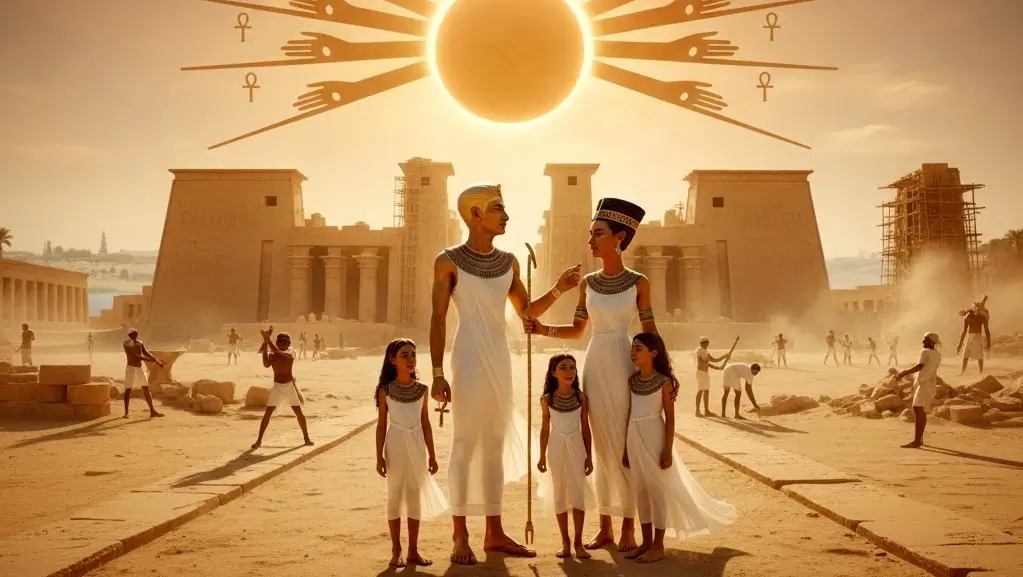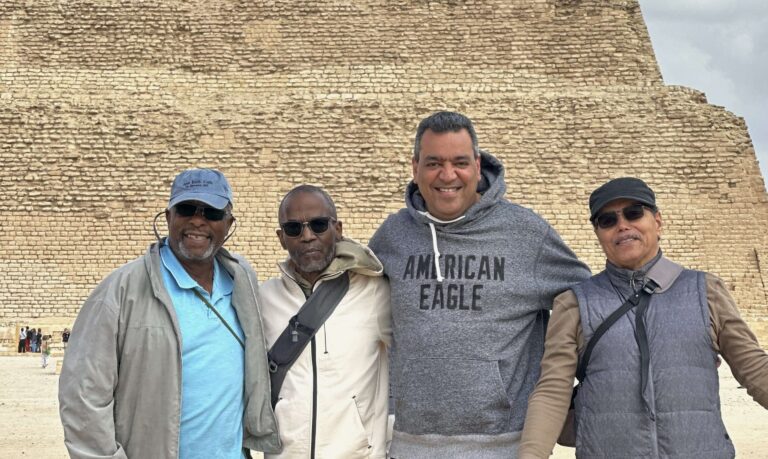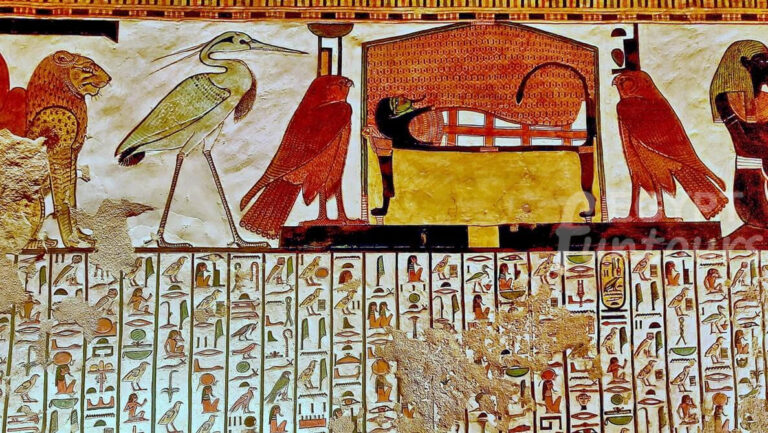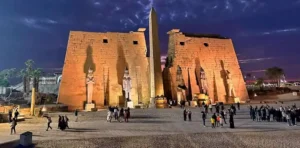The Face That Defined an Era
Her face is the most famous in the ancient world, second only to the golden mask of Tutankhamun. Queen Nefertiti, with her high cheekbones, elegant neck, and mysterious smile, is an icon of timeless beauty. Yet, the woman behind the limestone bust was far more than a pretty face; she was a religious fanatic, a revolutionary leader, and possibly a king in her own right.
Her name, Neferneferuaten Nefertiti, literally translates to “The Beautiful Woman Has Come.” But she brought more than beauty; she brought a storm. Alongside her husband, the heretic king Akhenaten, Nefertiti helped overthrow the old gods of Egypt to worship a single deity—the sun disk, Aten.
This guide moves beyond the museum glass. We will explore the life of Queen Nefertiti, from her mysterious origins and her role in the Amarna revolution to her unprecedented political power and the enduring mystery of her sudden disappearance from history.
Key Takeaways
- The Partner: She was the Great Royal Wife of Akhenaten (the Heretic King) and his equal partner in the religious revolution.
- The Power: Uniquely, she is depicted in art smiting enemies—a pose traditionally reserved only for male Pharaohs.
- The Icon: She is instantly recognizable by her unique, tall, flat-topped Blue Crown.
- The Mystery: She vanishes from records around Year 12 of Akhenaten’s reign. Did she die, or did she reinvent herself as the female Pharaoh Smenkhkare.





























